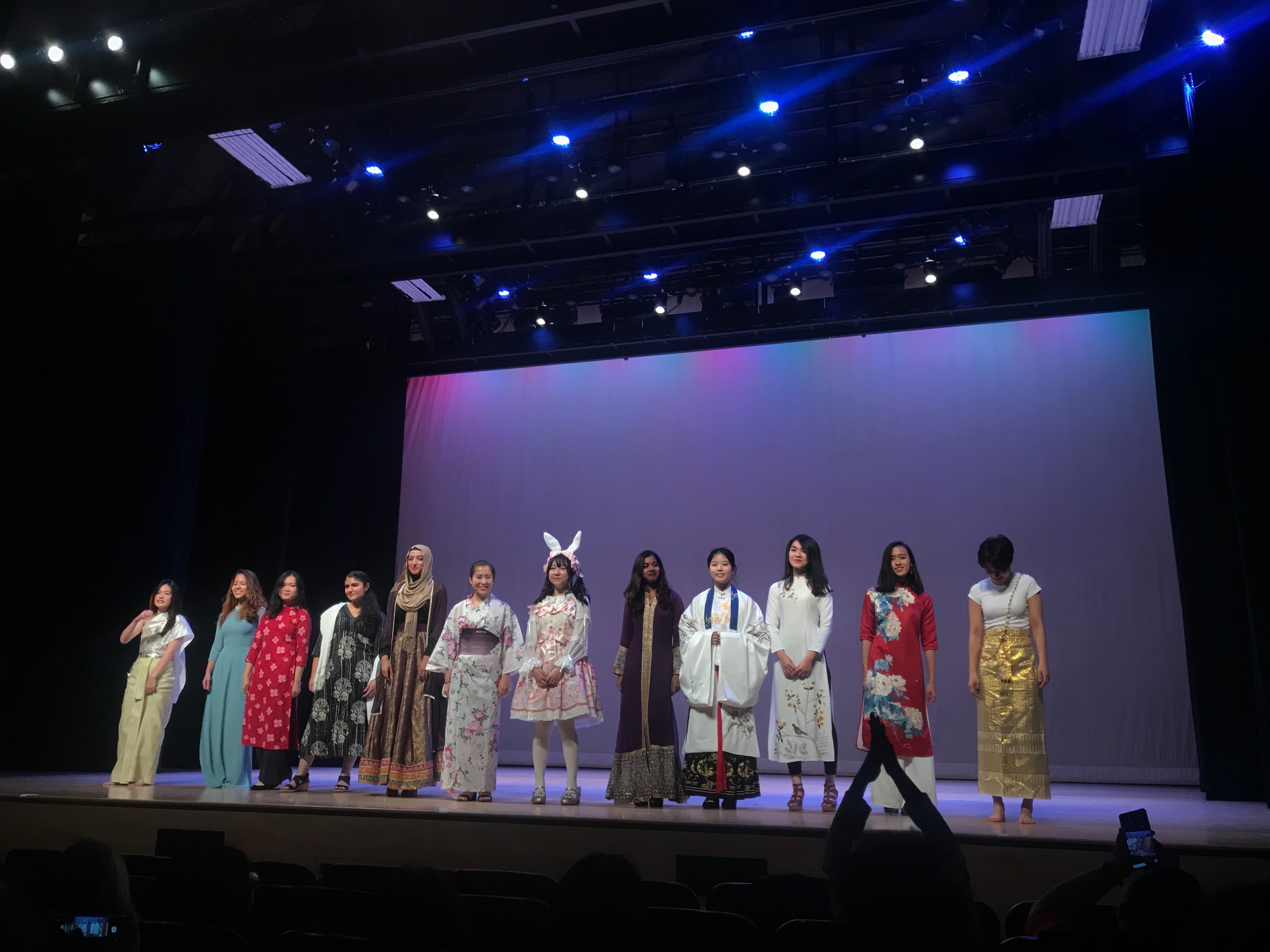Two Ways of Thinking about the Family: Chinese and Aztec
 On Thursday afternoon, September 27, Bryn Mawr hosted three simultaneous lectures on a bevy of topics: Modeling the Hand Gesture in the Age of the Silk Roads; The Medieval Now: White Nationalism, Medieval Studies, and Race; and the one I ultimately attended: Two Ways of Thinking about the Family: Chinese and Aztec.
On Thursday afternoon, September 27, Bryn Mawr hosted three simultaneous lectures on a bevy of topics: Modeling the Hand Gesture in the Age of the Silk Roads; The Medieval Now: White Nationalism, Medieval Studies, and Race; and the one I ultimately attended: Two Ways of Thinking about the Family: Chinese and Aztec.

Codex Mendoza [Codex]. (1541-1542). Bodleian Library, Oxford.
In a fascinating lecture on family and its role in society, Professor Ann Waltner from the University of Minnesota presented, compared, and dissected two pieces of art: The
Codex Mendoza, a sixteenth-century Aztec codex* commissioned by a viceroy of New Spain for the Holy Roman Emperor Charles V, and
Portrait of Wang Shimin, a seventeenth-century painting by Gu Jianlong.
The section of the Codex Mendoza in question illustrated the separate trajectories and child-rearing techniques for a boy and girl up to marriage age. Waltner first helped us read the images. How to interpret the little painted circles above the boy and the girl in the codex? Each circle signified a year of their life. At fourteen circles, the boy had learned how to navigate a canoe on Lake Texcoco, where there could have been two hundred thousand canoes at the same time! The girl, under the guidance of her mother, had learned how to weave at a loom and cook. Yet while each had clearly defined gender roles, neither the mother nor the father was depicted as more important in raising the young. The codex suggested that responsibilities fell equally for making the children into adults. We also explored the role of family in the Portrait of Wang Shimin. The prominent painter Wang Shimin and members of his family were painted by Gu in their home, surrounded by a lush array of flowers and trees. Waltner remarked that family portraits were not typical of this period in China, yet what is even more curious is the woman (her role in the family is unknown) who regards the viewer with an unflinching gaze. Another woman is veiled behind a screen, her face obscured from the viewer.

Gu, J. (17th Century). Portrait of Wang Shimin [Painting]. Minneapolis Institute of Art, Minneapolis.
After a study of the two paintings, Waltner questioned the way in which private family behavior might influence state politics. How could a woman’s sexuality relate to politics? What did the child-rearing techniques and traditions of the Aztecs suggest about their culture and gender roles in society? And in the world of both works, where did gender and empire meet? The lecture within the 360 program mirrored what the program itself seeks to foster: an inquisitive exploration of similar themes throughout different disciplines taught at Bryn Mawr.

-PC: Professor Yonglin Jiang
The 360 program is an interdisciplinary semester-long experience. There are a few 360s each semester, each comprising three courses from different departments yet whose juxtaposition allows for a study of each topic from a different perspective. The 360 cluster that invited Professor Waltner is called “Empires” and includes Introduction of Health Studies; Language and Empire in Mesoamerica; and Chinese Empires: Yuan, Ming, and Qing Dynasties. Check out some of the past 360 course clusters here.
*A codex is a book of handwritten text.



 On Thursday afternoon, September 27, Bryn Mawr hosted three simultaneous lectures on a bevy of topics: Modeling the Hand Gesture in the Age of the Silk Roads; The Medieval Now: White Nationalism, Medieval Studies, and Race; and the one I ultimately attended: Two Ways of Thinking about the Family: Chinese and Aztec.
On Thursday afternoon, September 27, Bryn Mawr hosted three simultaneous lectures on a bevy of topics: Modeling the Hand Gesture in the Age of the Silk Roads; The Medieval Now: White Nationalism, Medieval Studies, and Race; and the one I ultimately attended: Two Ways of Thinking about the Family: Chinese and Aztec.

